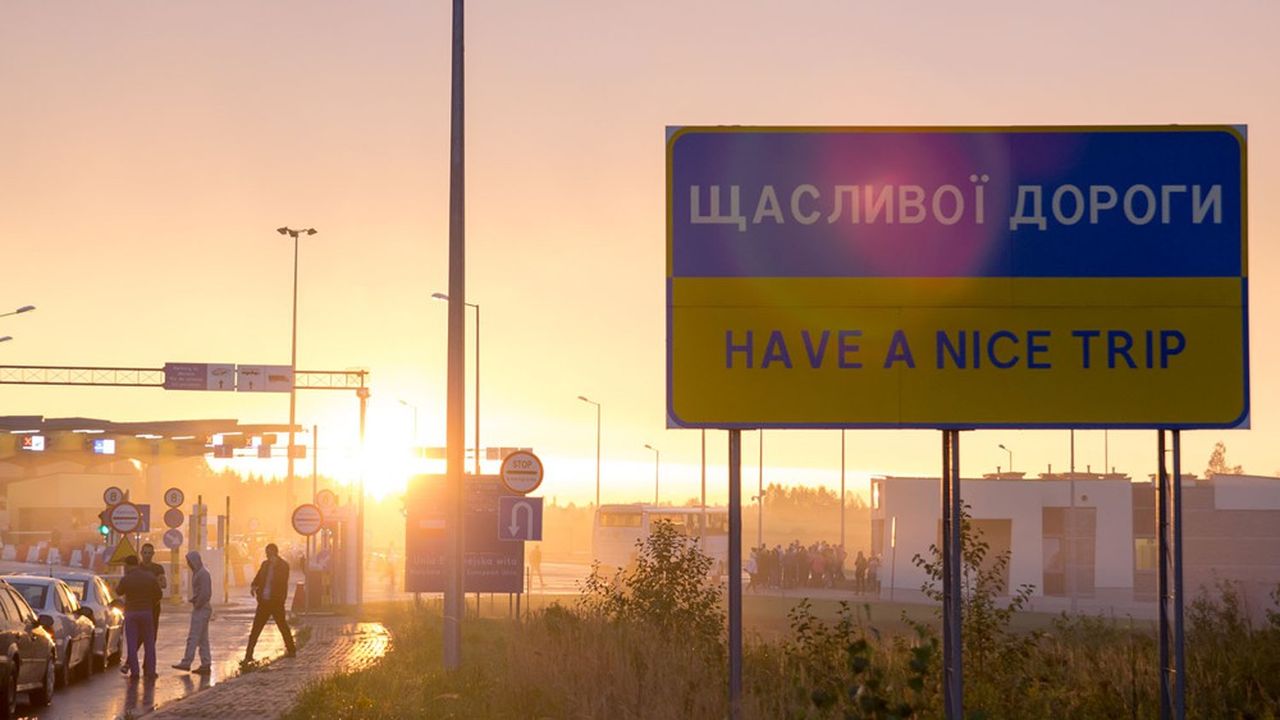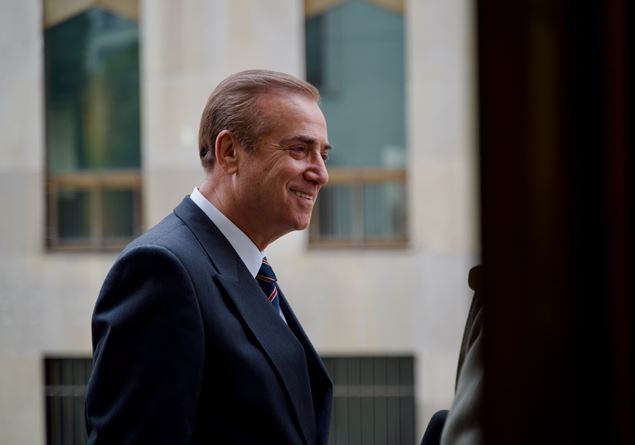
Is bringing Ukraine’s border management into line with European standards the poor relation of EU accession negotiations? Ukraine’s measures in the fight against corruption and money laundering, or in reforming the judicial system or agricultural regulation, which are stumbling blocks in the European integration process, are regularly debated in the media. The issue of Ukraine’s border control and management is much less so.
However, it constitutes a crucial element of the first of the 35 “chapters” of the accession process – that of “screening” – during which the European Commission measures the gap between Ukrainian legislation and the “acquis communautaire”, the set of European rules on the environment, energy, or the rule of law.
The longest border
In the event of a, alas, still hypothetical end to the war and a return to the 1991 borders, Ukraine’s eastern border would become by far the longest land border between the European Union and non-member countries. At 2,295 kilometres, it would be far longer than the one between Finland and Russia (1,974 kilometres).
As evidence of the importance of this issue, a delegation from the European Union Advisory Mission on Civilian Security Sector Reform (EUAM), led by its deputy head Maura O’Sullivan, visited the Krakovets and Shehyni border crossing points on the Ukrainian-Polish border on 14 August. The aim of the visit, according to a statement, was to “strengthen cooperation” and “support Ukraine’s efforts to align with EU standards on integrated border management”.
This “integrated border management” refers to all the systems and agencies dedicated to the external protection of the Schengen area, responsible for improving the effectiveness of controls and border security, while preserving the free movement of goods and people within this area.
European subsidies
The centrepiece of this system is the European Border and Coast Guard Agency, Frontex: “Of all the Agency’s partners that are not members of the EU, Ukraine is one of those with the longest experience of bilateral cooperation with Frontex,” Katarzyna Volkmann, spokesperson for the agency, explained to “Les Echos”.
According to her, Frontex shares with kyiv its “knowledge and expertise, as well as technical assistance” to protect the country’s borders. In order to facilitate the compliance of Ukrainian border management with the EU, a grant agreement was signed at the end of 2023 between the Ukrainian border protection service and Frontex.
The agency had committed to providing 12 million euros worth of equipment to Ukrainian border guards, including new uniforms, generators and new patrol cars. “Frontex is advising and assisting the Ukrainian authorities in a process of reflection on the new multi-annual strategy for integrated border management,” adds Katarzyna Volkmann.
Improve monitoring
In April, an Integrated Border Management Coordination Centre was inaugurated in Ukraine with EU support. Tasked with improving the effectiveness of border surveillance and management, it brings together, on the Ukrainian side, the State Border Guard Service, the State Customs Service, the State Police and the State Migration Service, and, on the European side, representatives of Frontex and EUAM.





